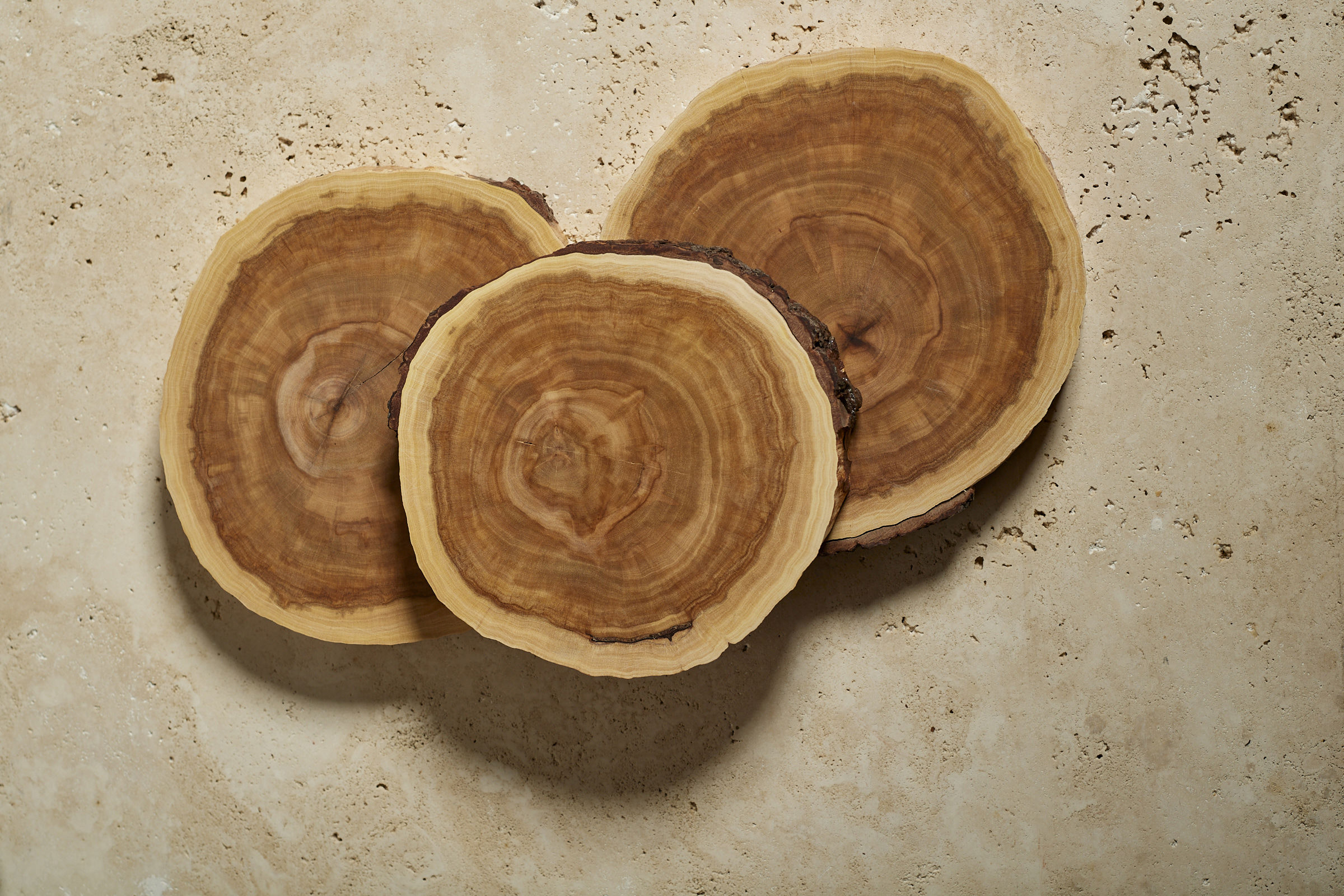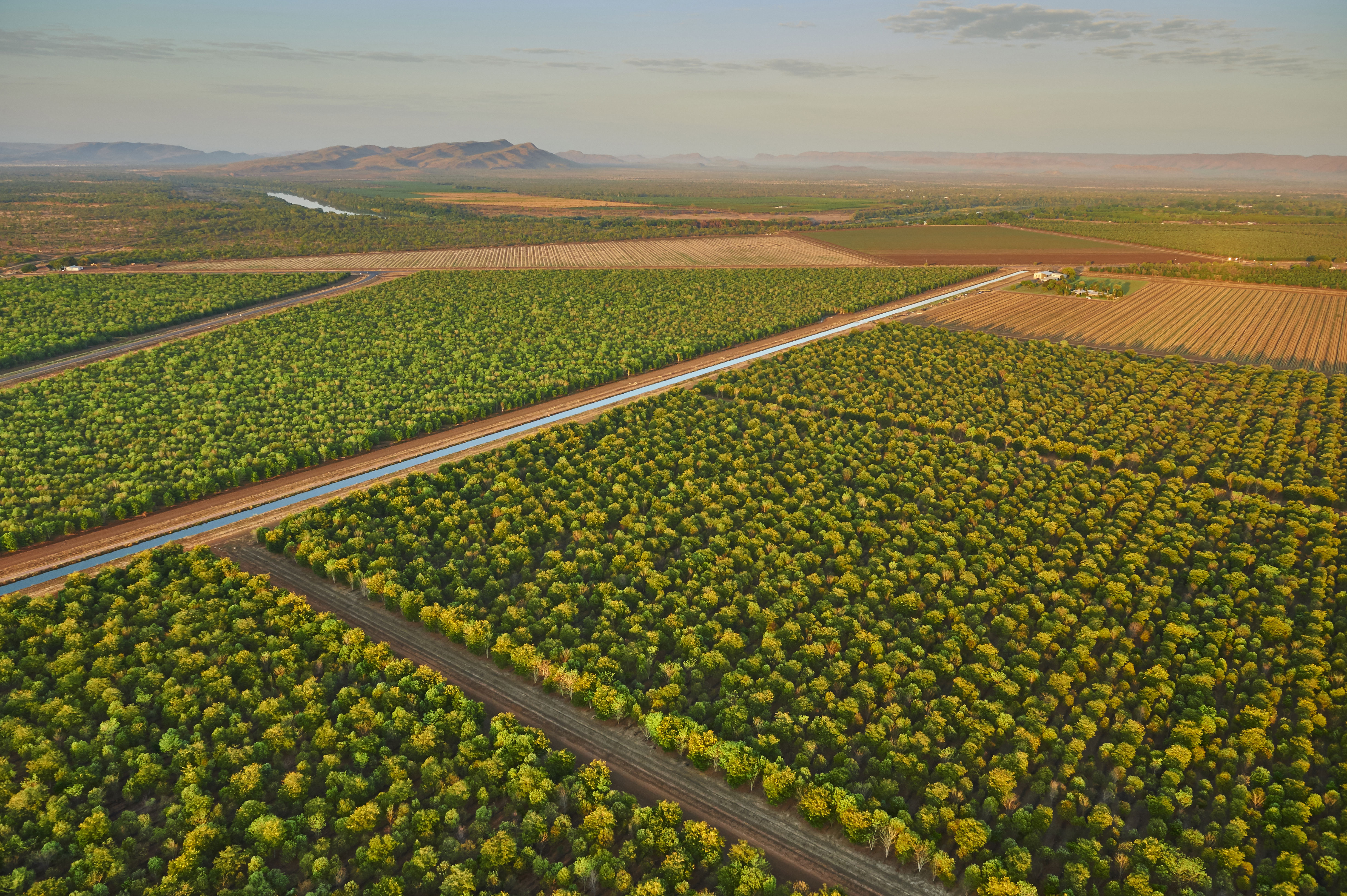It was as prized as jade or gold, said to elevate its owner to godly status. In ancient Ayurvedic and Chinese medicine it was prescribed for everything from curing stress to achieving enlightenment (scientific research has lent some weight to these claims). And its intoxicating fragrance is as lusted after by modern French perfumers as ancient Indian bluebloods. Is it any wonder Indian sandalwood (Santalum album) oil is arguably one of the most coveted liquids in history?
In a remote corner of Australia’s lush tropical north, Indian sandalwood is experiencing a rebirth. Quintis has nurtured and protected this precious tree with over 12,000 hectares of plantations, creating a sustainable supply of Indian sandalwood (Santalum album). But for years, it was threatened to die out.

Back in the vibrant bustle of ancient India, “Anyone who was anyone had to possess some and to use it,” says historian James McHugh, author of Sandalwood and Carrion: Smell in Indian Religion and Culture. “No king could be a king without it, and it was essential adornment both for important people and for the gods in temples.” In ancient Egypt, it is said to have been amongst Cleopatra’s beauty ingredients, while Hindus used an Indian sandalwood paste made by priests to decorate the icons of deities. Even the first known statue of Buddha was made from Indian sandalwood. “It was apparently the nearest thing to the physical presence of such a karmically perfect person,” says McHugh.
Historically Indian sandalwood was as scarce as it was revered.
“Even within India it was seen as somewhat exotic, from far away places, dangerous mountains in the south, or magical distant islands,” says McHugh. “Many references in poems and proverbs mention the idea that the sandalwood trees are infested with snakes – and thus both beautiful and lethal.”
It’s a fitting metaphor. In 2015, 20 people died in a furious struggle between Indian police and sandalwood smugglers. And bloodshed on sandalwood’s history books is nothing new. “Sandalwood is so incredibly political,” says conservationist Susan Leopold from United Plant Savers. “It goes way back. It’s a very touchy subject for a lot of countries and a lot of people.”
In 1792, the Sultan of Mysore made sandalwood’s kingly ties official by declaring it a royal tree, meaning no individual could grow it. As the gap between supply and insatiable global demand gaped ever wider, prices surged. And a black trade worth millions of dollars was born.
It’s been estimated more than 90% of Indian Sandalwood in the marketplace is sourced from illegally harvested wood
It’s been estimated more than 90% of Indian Sandalwood in the marketplace is sourced from illegally harvested wood, and the marketplace is flooded with inferior products. Worse, wild sandalwood teeters on the edge of extinction.
“Everything is changing so incredibly fast,” says Leopold. “Technology, how we manipulate the land, how quickly we’re losing ecosystems and natural habitats… We’re really at the tipping point where we can see species of value disappear from the landscape. And nobody’s connecting the dots.”
She ticks off the warning signs: Sandalwood does not reproduce easily. It’s hemiparasitic, meaning it needs a delicate ecosystem of host plants to thrive. In the wild, decades pass before the trees reach maturity. And, of course, demand well exceeds its supply. All this places it as one of the most endangered plant species in the world. “Out of all the plants we’ve evaluated for at risk status, sandalwood scores the highest,” says Leopold. “It’s the perfect storm.”
But in the unlikely place of north of Australia, Quintis offers a bright spot.

